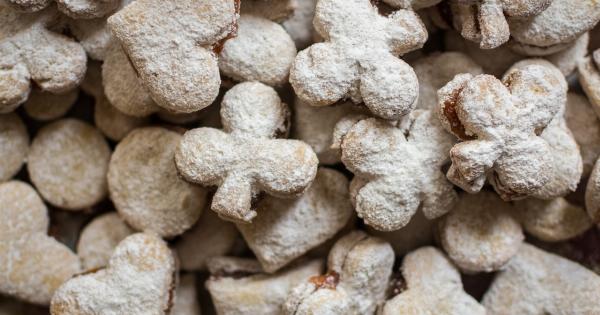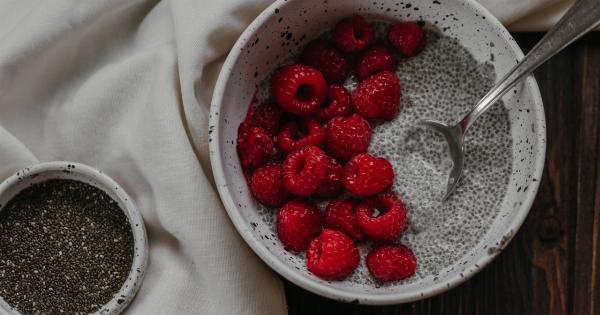If you’re one of the millions of women who experience cellulite, you know how frustrating and stubborn it can be.
The dimpled, lumpy appearance on your thighs, butt, and stomach can make you feel self-conscious and prevent you from wearing the clothes you love.
Though genetics, hormones and age all play a role in the development of cellulite, good nutrition can be the key to reducing its appearance.
By incorporating certain foods into your diet, you can promote healthy circulation, boost collagen production, and reduce inflammation – all of which can help break up stubborn cellulite. Here are some of the best cellulite-busting foods and no-no’s.
Cellulite-Busting Foods
1. Berries
Berries like strawberries, blueberries, and raspberries are high in antioxidants, which help to fight inflammation in the body.
They’re also high in Vitamin C, which is necessary for the production of collagen – a protein that keeps your skin firm. Incorporate these fruits into your daily smoothie or snack on them throughout the day.
2. Water
Cellulite thrives in stagnant areas of the body, so it’s important to stay hydrated to promote healthy circulation and flush out toxins.
Drinking plenty of water can also help to improve the overall appearance of your skin by making it look plumper and more radiant. Aim for at least 8 glasses of water per day.
3. Leafy Greens
Veggies like kale, spinach, and collard greens contain antioxidants and have detoxifying properties that can help to clear your body of harmful toxins. They’re also high in fiber, which can help to keep you full and prevent overeating.
Incorporate these into your salads or cook them into your meals for an extra healthy boost.
4. Avocado
Avocado is high in healthy fats that can help to keep your skin looking plump and hydrated. It’s also a good source of Vitamin E, which can help to improve skin texture and reduce the appearance of scarring.
Mash it onto toast, blend it into a smoothie, or enjoy it on its own as a quick snack.
5. Salmon
Salmon is a fatty fish that’s high in Omega-3 fatty acids, which have anti-inflammatory properties and can help to improve circulation throughout the body.
It’s also a good source of protein, which can promote healthy muscle growth and improve skin elasticity. Enjoy it grilled, baked, or pan-seared for a delicious and nutritious meal.
No-No’s
1. Sugar
Sugar is a major culprit in the development of cellulite as it can lead to inflammation throughout the body and cause blood sugar imbalances. Cut back on your sugar intake by avoiding processed foods, sugary drinks, and desserts.
Instead, focus on natural forms of sugar found in fruits and natural sweeteners like honey or maple syrup.
2. Processed Foods
Processed foods like chips, cookies, and frozen meals are often loaded with preservatives, artificial flavors, and other additives that can contribute to inflammation and poor circulation in the body.
Avoid these foods as much as possible and stick to whole, unprocessed foods that are rich in nutrients.
3. Saturated and Trans Fats
Foods that are high in saturated and trans fats, like fried foods, can contribute to the development of cellulite by clogging your arteries and reducing circulation throughout the body.
Stick to healthy fats like those found in nuts, avocado, and fatty fish instead.
4. Caffeine and Alcohol
Caffeine and alcohol can both be dehydrating to the body, which can lead to poor circulation and the development of cellulite.
While it’s okay to enjoy these drinks in moderation, be mindful of how much you’re consuming and try to limit your intake to no more than one or two servings per day.
5. Refined Carbohydrates
Eating refined carbohydrates like white bread, pasta, and rice can lead to blood sugar spikes and inflammation in the body. Stick to whole grains instead, which are high in fiber and will keep you feeling full and satisfied throughout the day.
Conclusion
While cellulite can be frustrating, incorporating these cellulite-busting foods into your diet and minimizing your intake of no-no’s can help to reduce its appearance.
Remember to stay hydrated, eat plenty of nutrient-dense foods, and avoid processed foods as much as possible. With patience and consistency, you’ll begin to see a noticeable improvement in the texture and appearance of your skin.






























